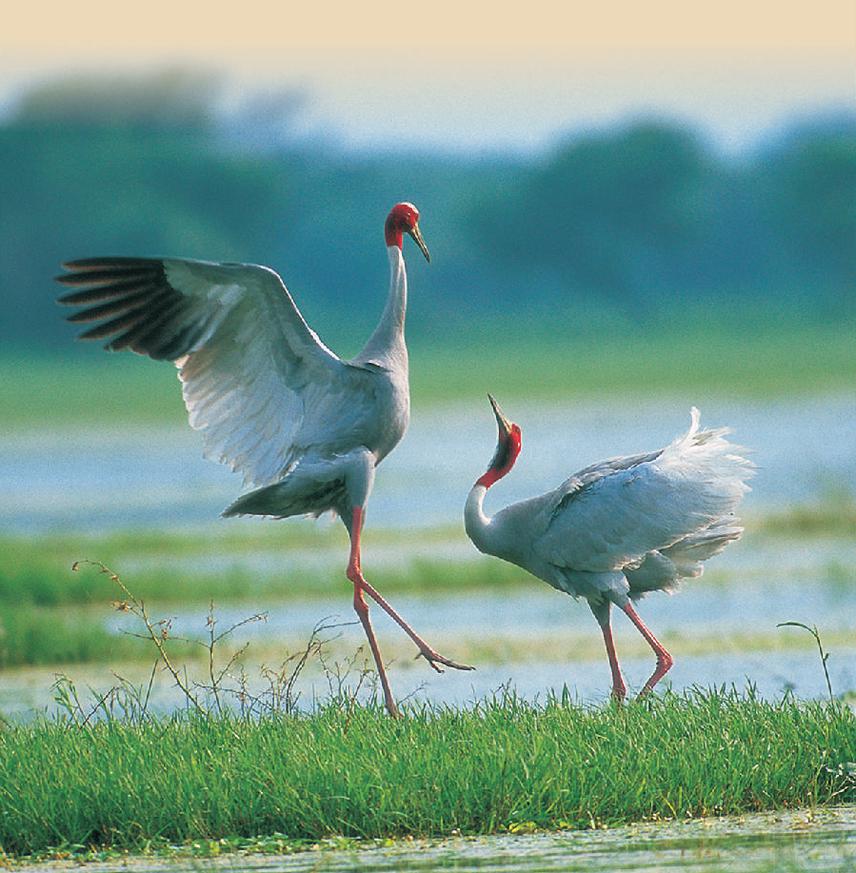Jatinder Kaur
Other projects
13 Jul 2009
Community Involvement in Conservation of Sarus Crane Breeding Habitat in Three Districts of Semi-Arid Tract of Rajasthan II
The Sarus Crane is a globally threatened wetland species and is mostly found outside any Protected Area. The Sarus Cranes use unprotected areas for feeding and breeding thereby increasing the threat of their nest being destroyed and non survival of the chicks, more due to human activities. Kota district in Rajasthan has one of the largest reported breeding populations of Sarus Cranes and is one of the few places in the country where these Cranes breed twice in a year (i.e. July-Oct. and second in Feb.-May) due to the canal system of river Chambal and is recorded regularly.

Meine and Archibald (1996) indicate that “wetland conservation should be integrated into village-based farmer education and development programmes” as a priority requirement for preserving the habitat of the Indian Sarus Crane. Additionally, it is proposed by Birdlife International (2001) that conservation action is urgently required including education and community development programmes. These activities are particularly required for the Sarus Crane since it is largely found outside areas protected for biodiversity conservation and present mainly in private and community lands (Sundar and Choudhury 2003, Sundar et al. 2000). An awareness programme was carried between July 2004 and March 2005 in Kota to engage children and farmers in conservation, comprising various activities. As a result 17 protection groups were formed consisting of local youth. The protection resulted in 18 chicks successfully fledging from 28 nests. Before the initiation of the project, none of the chicks survived during dry season nesting. Since the success achieved was in only one district, the present project will help in expanding this experiment into larger landscape and its results, as a widely acceptable conservation strategy for wildlife outside protected areas.
To protect its habitat and nests an education programme through audio-visual shows and presentations in the surrounding schools and villages near the nesting sites of the cranes is to be undertaken. Colour leaflets and posters appealing the community to protect its nests and its usefulness to farmers, besides gathering information on new breeding sites will be made. The rural communities will be involved not only to eliminate the threat but make them a partner and a contributing factor in Sarus Crane conservation even after the project duration.